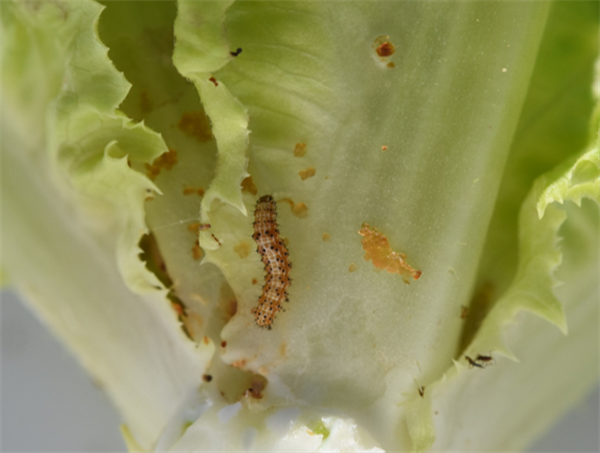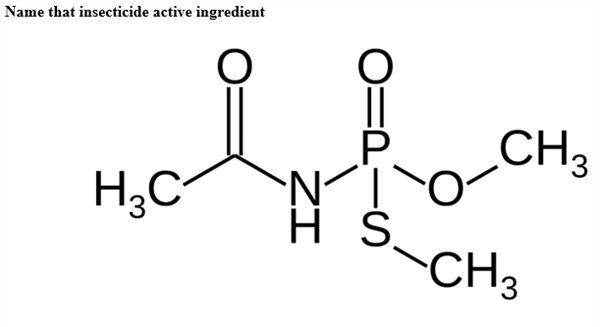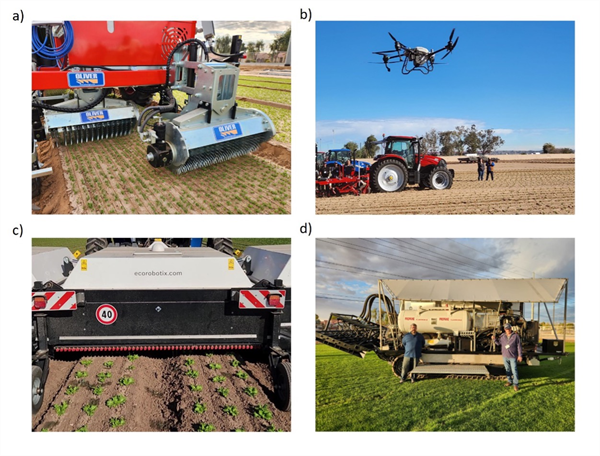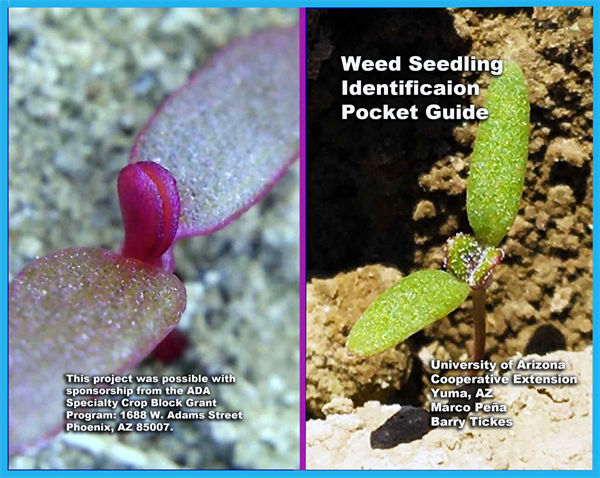-
Oct 14, 2020Be Prepared for Corn Earworm in Lettuce
With early-planted head lettuce crops beginning to rosette and folding-in to form heads, it would be wise to keep a keen eye out for corn earworm (CEW). This year could be particularly important as pheromone trap catches this fall have been much higher than we have seen in recent years (see graph below and Areawide Trap Network). Although pheromone trap counts do not always correlate to field infestations, the last time we saw significant fall larval populations in the field was in 2014. What is scary is that moth counts the past few weeks are higher than what we saw in the fall of 2014. Plus, CEW moth counts have steadily been increasing since mid-September. Trap counts have been highest in traps located in Roll, Dome Valley and Gadsden. With the calm, warm nights expected to continue for the next 10 days or so, heavy moth activity should be expected. Lots of moths usually means lots of eggs.
CEW can be very damaging in early fall head lettuce crops. On older plants beginning to form heads, larvae will migrate to the succulent terminal growth. If not controlled before the plant leaves fold in, they are protected from foliar sprays. Once head formation begins, newly hatched larvae will usually bore into the head almost immediately upon hatching. Corn earworm is much more likely to bore into lettuce heads than other Lepidoptera larvae, rendering the heads unmarketable. Larvae may enter the head from any point on the plants but can often be found burrowing in from the lower half of the head. If fields are not watched closely, infestations may not be noticed until the head is harvested. Once inside the head, it is virtually impossible to control the larvae with insecticides. Thus, pay careful attention for newly oviposited eggs (laid singly) on lettuce plants. If you are beginning to find eggs and suspect that CEW are active in the field when plants are beginning to head or cup over, you should treat as soon as possible. Moreover, during late October and early November it is probably a good idea to prophylactically apply a pyrethroid, methomyl or acephate in combination with another Lepidopterous material (e.g., Radiant, Coragen, Proclaim) when heads begin to form. The UA nominal threshold for CEW in head lettuce from the beginning of heading to harvest is 1-2 larvae / 100 plants (1-2%). Repeated insecticide treatments may be required to maintain low population levels if heavy pressure is sustained near harvest. Lab bioassays have shown that CEW larval mortality is most rapid when exposed to Lannate, 0.5 lb. (>90% mortality in 1 hr. after exposure) and pyrethroids, high rates (>90% mortality in 3 hrs.), followed by Radiant, 5 oz (>90% mortality in 6 hrs.). By 24 hrs., mortality was 100% for all the treatments including Coragen and Proclaim. For more information on CEW management and control recommendations see Corn Earworm Management on Desert Produce and the 2020 Lep Control Chart.


 To contact John Palumbo go to: jpalumbo@ag.Arizona.edu
To contact John Palumbo go to: jpalumbo@ag.Arizona.edu










